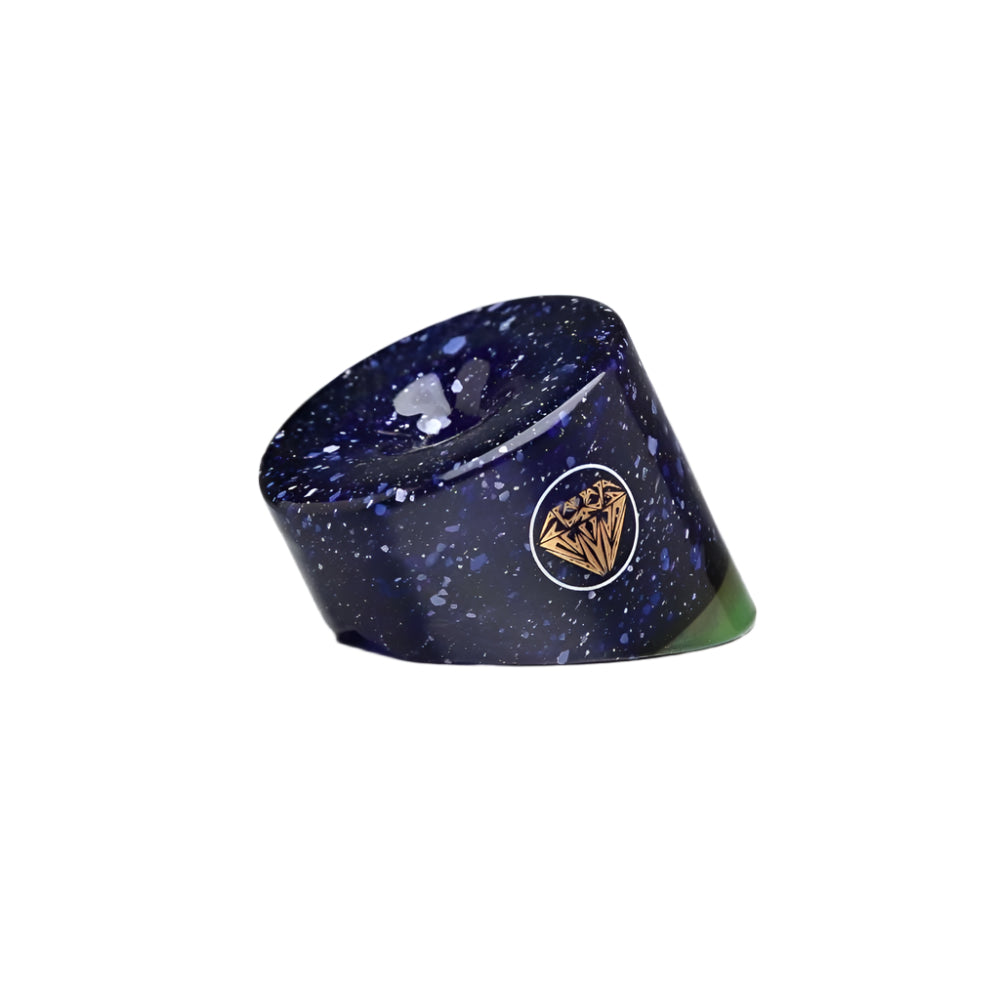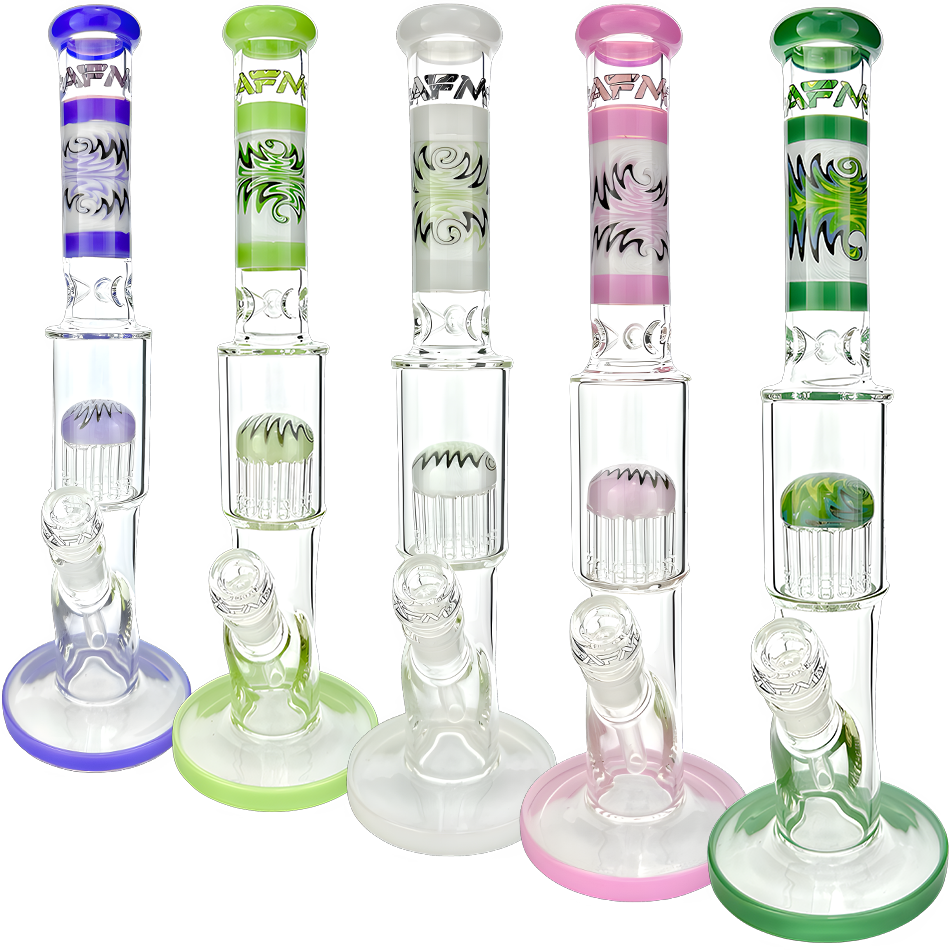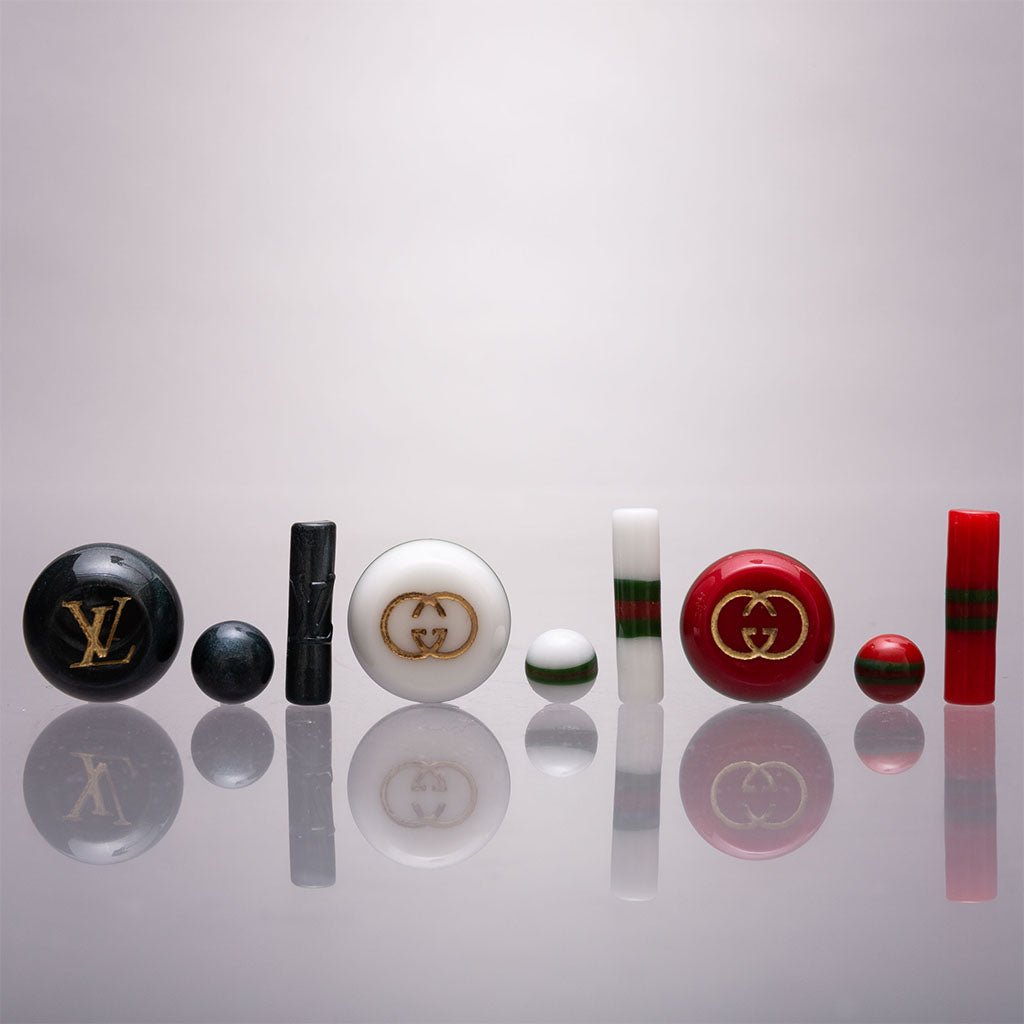Bongs, an integral part of the smoking culture, are used to smoke cannabis, hashish, tobacco, or other herbal substances. These devices have been around for centuries, providing a unique smoking experience. But have you ever wondered why it's called a bong? The history and etymology of the term 'bong' are as intriguing as the device itself. This blog post will delve into the fascinating origins of bongs.
The Ancient History of Bongs
The use of bongs can be traced back thousands of years to various parts of the world. Archaeological evidence suggests that ancient cultures in Africa, Central Asia, and America used early versions of these water pipes for ritualistic and recreational purposes.
In Africa, excavations have unearthed earthen bongs dating back to 1100 BC. In Central Asia, particularly in Russia and China, gold bongs were discovered that were used by Scythian tribal chiefs around 2400 years ago.
However, despite their widespread use in ancient times across different continents, the term 'bong' did not originate from these regions.
The Asian Origin: Why is it Called a Bong?
The term 'bong' has its roots in Asia. It is derived from the Thai word 'baung,' which refers to a cylindrical tube or pipe cut from bamboo. Traditional Thai baungs were used for smoking various substances and closely resembled modern-day bongs in their functionality.
Over time, Westerners became familiar with these devices through trade routes and cultural exchanges with Asia. The word 'baung' was anglicized to 'bong,' which is now universally recognized.
It's important to note that while the term originated in Thailand, similar devices were independently developed by different cultures worldwide. For instance, hookahs from India and Persia, as well as Native American peace pipes, also function similarly to bongs, but they have different names and cultural significances.
The Evolution of Bongs: From Bamboo to Glass
Traditional Thai bongs were made from bamboo, a material that was readily available and easy to work with. However, as the popularity of these devices spread across the globe, different materials began to be used.
In the 20th century, advancements in manufacturing techniques and materials science led to glass becoming the preferred material for making bongs. Glass bongs are not only aesthetically pleasing but also provide a cleaner, more flavorful taste, as they don't impart any flavors into the smoke.
Today's market offers a wide variety of bongs ranging from simple designs to intricate artistic pieces. They come in various shapes, sizes, and materials such as silicone, ceramic, acrylic, metal, and even crystal.
Bongs Today: More Than Just Smoking Devices
In today's culture, bongs are more than just smoking devices. They have become a symbol of counterculture and are often associated with artistic expression and social gatherings.
Many users consider their bongs a personal statement – an extension of their personality. This has led to an explosion in custom-made, unique bong designs that cater to every taste imaginable.
Moreover, due to their historical significance and cultural impact, some people collect antique or unique bongs as hobbyists or investors. High-end art heady glass bongs can fetch thousands of dollars at auctions!
The Rise of Electric Dab Rigs
In recent years, the smoking culture has witnessed a significant evolution with the introduction of electric dab rigs. These innovative devices mark a leap forward in consuming concentrated forms of cannabis, offering a modern twist on traditional methods. Electric dab rigs, also known as e-rigs, utilize electricity to heat a nail or surface to a precise temperature, allowing for the vaporization of concentrates without the need for an open flame. This technology not only enhances safety and convenience but also ensures a consistent, flavorful experience with every use.
As bongs have transitioned from simple bamboo structures to intricate glass art, electric dab rigs represent the next frontier in the smoking apparatus world. Their rise in popularity underscores the ongoing innovation within smoking culture, blending tradition with cutting-edge technology to meet the demands of today's enthusiasts.
Elevate Your Experience with Aqua Lab Technologies
Step into the world of Aqua Lab Technologies and discover the pinnacle of smoking sophistication. From glass bongs to the latest in smoking technology, we curate a selection designed to elevate your sessions to an art form. Shop bongs here!
Conclusion
So why is it called a 'bong'? The answer lies in its Asian roots, where it was initially named 'baung'. Over centuries of use across continents and cultures, this humble smoking device has evolved significantly in design and material but continues to retain its original name. Today's diverse range of bongs reflects not only advancements in technology but also shifts in societal attitudes towards smoking culture. Whether you're a casual user or an avid collector, understanding the history behind your beloved bong can add a new layer of appreciation for this fascinating device.













